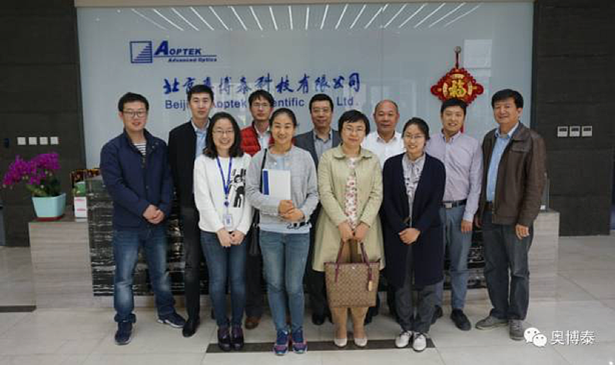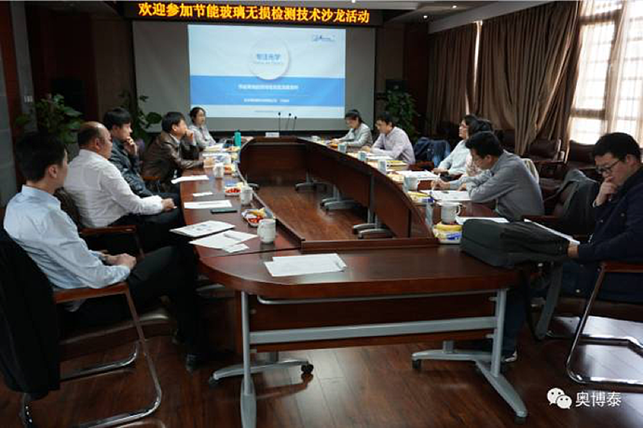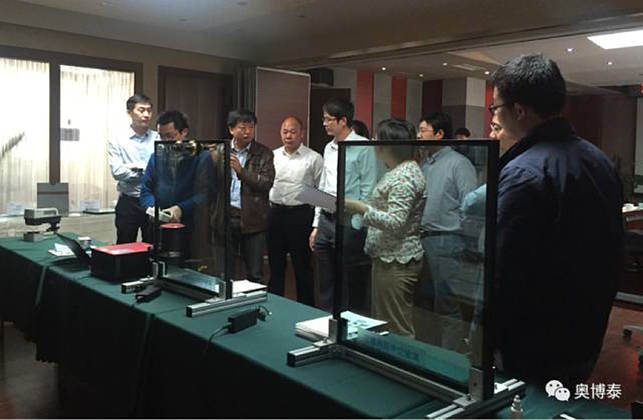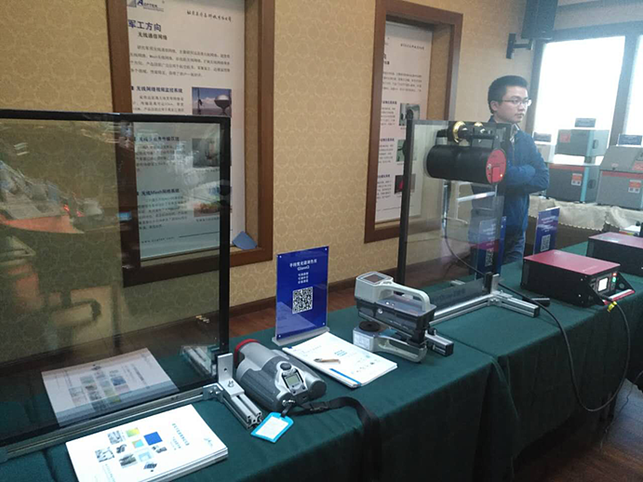The demand for energy-saving glass is growing as buildings are expected to deliver better insulation, lower energy consumption, and improved comfort. At the 3rd Tech Salon in Beijing, industry experts gathered to discuss how non-invasive testing technologies can verify the true performance of insulating glass units (IGUs), from coating properties to gas fill levels, without damaging the glass.
What is Energy-saving Glass?
Energy-saving glass refers to glazing solutions designed to improve a building’s energy efficiency by reducing heat transfer. The most common types include:
- Low-Emissivity (Low-E) Glass: A transparent metal oxide coating reflects heat back into the building in winter and reduces unwanted solar gain in summer, lowering heating and cooling costs.
- Solar Control Glass: A special coating filters sunlight, reducing the amount of heat entering the building while still allowing plenty of natural daylight.
By improving insulation and regulating solar heat, energy-saving glass plays a crucial role in reducing energy consumption and supporting sustainable architecture.
Why Argon and Other Inert Gases Matter
In addition to coatings, the gas fill inside insulating glass units (IGUs) greatly influences performance. Argon or krypton gas is commonly used between glass panes to reduce heat transfer. Without proper gas filling, even advanced coated glass can lose up to 30% of its insulating efficiency. Measuring and verifying the gas fill level is therefore essential for ensuring the promised energy performance of IGUs. Read Argon-Filled Units: Why Fill Rate Matters for Reliable Insulation Performance .
The 3rd Tech Salon in Beijing
On April 12th, 2018, AOPTEK Scientific Co. organized the 3rd Tech Salon in Beijing, focusing on on-site non-invasive testing technology for energy-saving glass. The event gathered experts from the glass industry, standards institutions, and testing authorities, including:
- Dr. Wei Guo, China Institute of Building Standard Design & Research
- Mr. Tonghu Tian, Hebei Jingbo Glass Product Co., Ltd.
- Mr. Yi Jiang, Beijing Synergy Vacuum Glazing Technology Co., Ltd.
- Mr. Yidun Chen, Beijing Building Materials Testing Academy Co., Ltd.
- Mr. Qiuhua Yang, China Academy of Building Research
- Dr. Zhang and Mr. Wei Wang, Beijing AOPTEK Scientific Co., Ltd.


Workshop on Energy-Efficient Glass
The workshop covered key aspects of energy-saving glass testing after installation, such as:
- Structure measurement of installed IGUs
- Position and emissivity value of Low-E coatings
- Gas content measurement (argon in particular)
- Insulation performance, including:
- Heat conductivity (K-value)
- Total solar energy transmittance (g-value)
- Shading coefficient (Sc-value)
Ms. Helen Xu, Senior Engineer at AOPTEK, highlighted the importance of on-site testing to verify compliance with standards and performance claims. She introduced several advanced devices already in use, such as:
- High-accuracy IGU Glass Thickness Meter
- Multifunctional Onsite Instrument for Energy Saving Glass Measurement
- Portable Wide-Spectrometer
- Scattered Light Polariscope
- Sparklike Handheld™ for non-invasive argon gas analysis
- IGU Emissometer
Demonstration of Measuring the Gas Fill in IGUs with Sparklike Handheld
A highlight of the Tech Salon was the live demonstration of Sparklike Handheld™, which allows argon gas concentration inside IGUs to be measured without breaking the unit. Experts witnessed first-hand how quick and easy the device is to operate, while ensuring reliable results for quality control.
This demonstration emphasized a key point: measuring the actual gas fill in IGUs is critical for guaranteeing energy efficiency. Without verification, glass units may fail to deliver the promised performance in buildings. Read why there’s no need to break the insulating glass unit in order to conduct insulating glass unit’s argon fill analysis.


Knowledge Sharing and Collaboration
The event concluded with a lively discussion where participants shared insights and experiences. Many expressed their appreciation for the opportunity to exchange ideas on testing technology and standards. The Tech Salon was recognized as a valuable platform for strengthening cooperation across the glass industry and advancing the development of energy-saving glass solutions.
Key Takeaway
Energy-saving glass combines coatings like Low-E and gas fillings such as argon to deliver high insulation performance. Non-invasive testing technologies, such as Sparklike Handheld™, make it possible to verify these properties on-site, ensuring both manufacturers and end-users can trust in the quality and energy efficiency of modern IGUs.
Original text released on 2017-04-14 by Beijing AOPTEK Scientific Co., Ltd.

